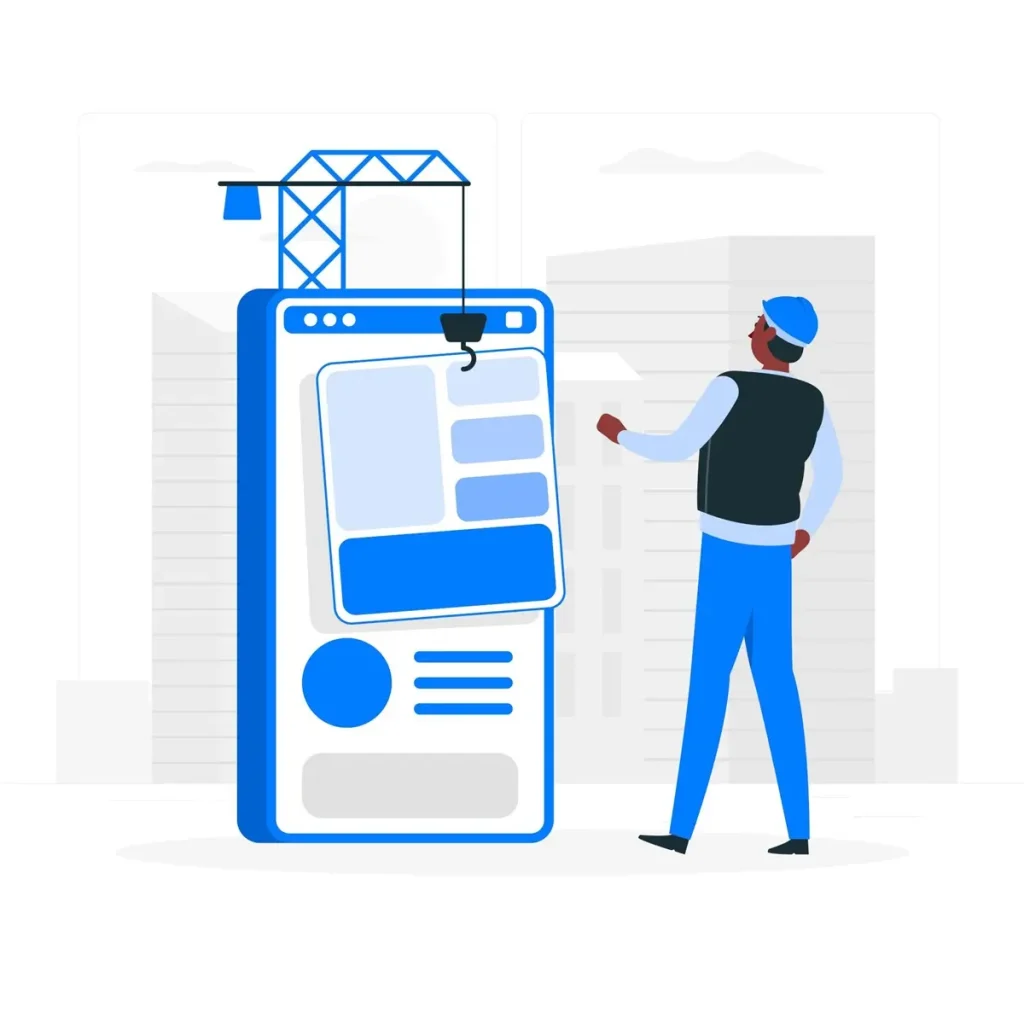
Pre and Post Surveys are a powerful tool for organizations to measure the impact of their programs and drive continuous improvement. However, many nonprofits struggle to design effective surveys that provide actionable insights. Without a clear strategy, pre and post surveys can yield incomplete data, leading to suboptimal decision-making.
In this blog, we’ll explore how to leverage the power of pre and post surveys to transform your organization’s impact measurement and drive real change. By following a proven framework and incorporating best practices, you can unlock the full potential of pre and post surveys to achieve your mission more effectively.
In the ever-evolving landscape of data-driven decision-making, surveys play a pivotal role. They provide organizations with valuable insights, enabling them to fine-tune strategies, enhance customer experiences, and drive growth. In this blog, we’ll delve into the art of crafting effective pre and post surveys, unlocking actionable insights that can propel your business forward.
The Importance of Surveys
Before we dive into the specifics, let’s address the pain points that surveys aim to alleviate:
- Uncertainty: Businesses often grapple with uncertainty—whether it’s about customer preferences, employee satisfaction, or product performance. Surveys offer a structured way to gather information and reduce ambiguity.
- Decision-Making: Informed decisions require data. Surveys provide the raw material for strategic choices, helping you navigate the complex business landscape.
- Customer Understanding: To truly serve your audience, you need to understand them. Surveys bridge the gap, allowing you to empathize with your customers’ needs and pain points.
Crafting Effective Pre-Surveys
1. Define Clear Objectives
Before launching a survey, ask yourself: What do I want to achieve? Whether it’s understanding customer preferences, evaluating a new feature, or assessing employee morale, clarity is key.
2. Keep It Simple
Avoid overwhelming respondents with lengthy questionnaires. Simplicity fosters engagement. Focus on essential questions that directly address your objectives.
3. Timing Matters
Pre-surveys should precede any major changes. For instance, before launching a product upgrade, gather insights from potential users. Their feedback can shape your final offering.
4. Anonymous or Personalized?
Consider whether anonymity encourages honesty or if personalized surveys yield richer data. Balance confidentiality with the need for context.
You Must Know
Reading Survey for Elementary Students: Engaging Young Minds
Design Smarter Questionnaires: Unlock the Power of Survey Patterns
Extracting Value from Post-Surveys
1. Capture the Moment
Post-surveys thrive on immediacy. Send them right after a customer interaction, event, or purchase. Fresh experiences lead to candid responses.
2. Focus on Pain Points
Identify pain points—those moments when customers felt frustrated, confused, or delighted. Address these directly in your post-survey questions.
3. Quantitative and Qualitative
Combine quantitative metrics (ratings, NPS scores) with qualitative insights (open-ended questions). Numbers provide context, while narratives reveal nuances.
4. Actionable Insights
Don’t just collect data; act on it. Share findings across teams, tweak processes, and celebrate wins. The goal is continuous improvement.
Top 10 Questions and Answers for Pre and Post Surveys
Pre and post surveys are essential tools for measuring changes in knowledge, attitudes, and skills before and after a program or training. Below are ten common questions along with their answers that can help guide the creation and implementation of effective pre and post surveys.
Q. What is the purpose of a pre and post survey?
A. The primary purpose of pre and post surveys is to assess the impact of a program or intervention by collecting baseline data (pre-survey) and follow-up data (post-survey). This allows researchers and educators to measure changes in participants’ knowledge, attitudes, and behaviors resulting from the program.
Q. How should I structure a pre and post survey?
A. A typical structure includes:
Effective question types include:
Likert Scale Questions: To measure attitudes or perceptions (e.g., “On a scale of 1 to 5, how confident do you feel about this topic?”).
Multiple Choice Questions: To assess knowledge or preferences (e.g., “Which of the following best describes your understanding of the topic?”).
Open-Ended Questions: To gather qualitative feedback (e.g., “What do you hope to learn from this program?”).
Q. How can I ensure that my survey questions are unbiased?
A. To minimize bias:
Avoid leading questions that suggest a desired answer.
Use neutral language and provide a balanced range of response options.
Pre-test your questions with a small group to identify any biases or misunderstandings.
Q. What are the advantages of using pre and post surveys?
A. Advantages include:
Ability to measure the effectiveness of training or interventions.
Collection of both quantitative and qualitative data.
Enhanced understanding of participant learning and development over time.
Q. What challenges might I face when conducting pre and post surveys?
A. Challenges can include:
Ensuring high response rates for both surveys.
Participants overestimating their knowledge or skills in the pre-survey (social desirability bias).
The need for careful planning to ensure that the same participants complete both surveys.
Q. How can I analyze the data from pre and post surveys?
A. Data analysis can be performed using statistical methods to compare pre and post responses. Common techniques include:
Descriptive Statistics: To summarize the data.
T-tests or ANOVA: To assess whether changes are statistically significant.
Qualitative Analysis: For open-ended responses, identifying themes and patterns.
Q. What is the role of anonymity in pre and post surveys?
A. Anonymity can encourage honest responses, particularly on sensitive topics. However, it may complicate the tracking of individual changes over time. Balancing anonymity with the need for identifiable data is crucial.
Q. How can I increase participation in my pre and post surveys?
A. To enhance participation:
Clearly communicate the purpose and importance of the surveys.
Offer incentives for completion, such as entry into a prize draw.
Schedule the surveys at convenient times and ensure they are easy to access (e.g., mobile-friendly).
Q. What are some common mistakes to avoid when designing pre and post surveys?
A. Common mistakes include:
Failing to pilot test the survey, leading to unclear questions.
Overloading the survey with too many questions, which can lead to respondent fatigue.
Not aligning pre and post questions closely enough, making it difficult to measure change accurately.
By understanding these aspects of pre and post surveys, you can create effective tools that provide valuable insights into the impact of your programs or interventions.
Conclusion: Pre and Post Surveys
Unlocking insights through pre and post surveys isn’t about jargon or buzzwords it’s about connecting with your audience. So, streamline your approach, engage your respondents, and let data guide your journey. Remember, the true power lies in understanding, not just collecting.




